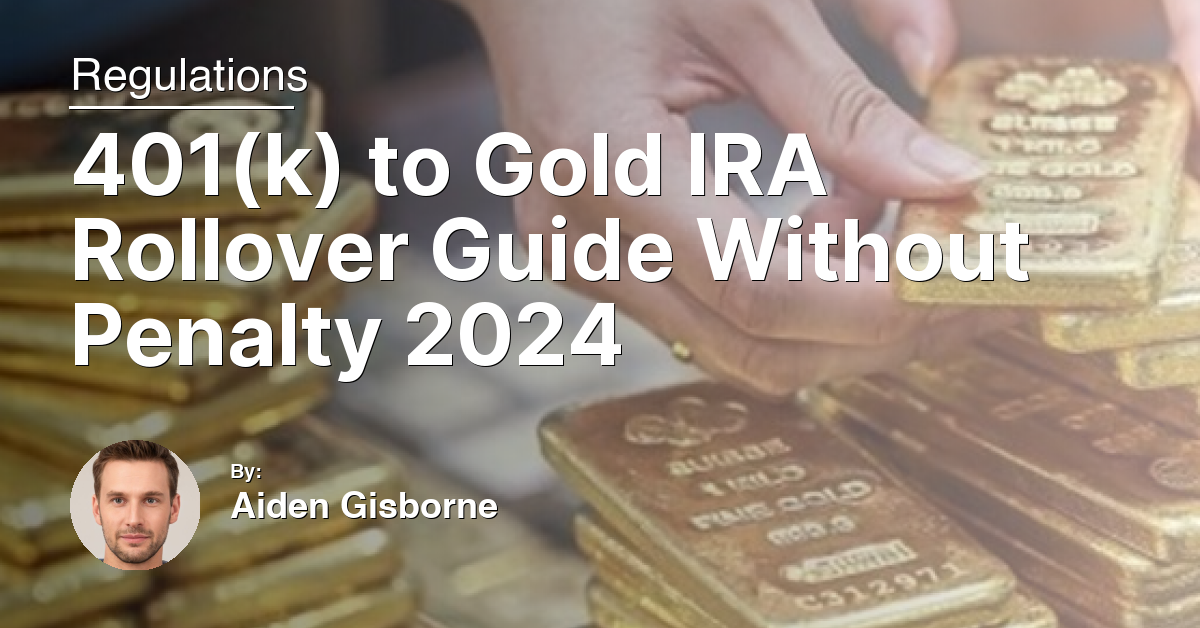Navigating the golden path of investing in precious metals through an Individual Retirement Account (IRA) can offer a gleaming opportunity for diversification and potential security against inflation. However, the journey is paved with specific rules, intricate withdrawal protocols, and tax implications that investors must understand to maximize their benefits. This article delves into the essential guidelines of Gold IRA investments, providing a clear map to guide you through the complexities of buying, holding, and eventually distributing your golden nest egg. Let’s explore the critical facets of Gold IRA rules to ensure your investment shines bright for years to come.
Precious Metals Standards and Custodian Management
In Gold IRA investing, the IRS mandates that all precious metals, including gold, silver, platinum, and palladium, must meet specific fineness standards. For example, gold must be 99.5% pure, while silver requires a 99.9% purity level. These standards ensure that the metals held within your IRA are of high quality and marketable.
Furthermore, your Gold IRA’s assets must be held by a qualified custodian. This could be a bank, a federally insured credit union, a savings and loan association, or an entity approved by the IRS to act as a custodian. These custodians are responsible for the secure storage of the precious metals and adhere to strict regulatory standards to protect your investment.
Investors should note that while bullion coins like the American Eagle, Canadian Maple Leaf, and Australian Kangaroo are permissible, collectible coins and certain other precious metal assets are not eligible for Gold IRA investment. Adherence to these rules is crucial for the tax-deferred status of your IRA and avoiding potential taxes and penalties.
Contribution Limits and Withdrawal Guidelines
Contribution limits for a Gold IRA align with traditional and Roth IRAs, allowing up to $6,000 annually, or $7,000 for those 50 and older. These contributions can be in the form of cash, which is then used to purchase precious metals such as gold, silver, platinum, or palladium coins and bullion that meet the IRS’s requirements for fineness.
Withdrawals from a Gold IRA are subject to the same regulations as traditional IRAs. Tax-deferred status is maintained until distributions begin, typically at age 59½. Early withdrawals may incur penalties and income tax. After reaching the age of 72, owners must start taking Required Minimum Distributions (RMDs), calculated based on the account’s total value, which includes the valuation of precious metals held within the IRA.
Investors should consult with a custodian bank or trust to ensure that their transactions comply with IRS rules, especially concerning the purchase and storage of physical metals. Proper adherence to these guidelines ensures the tax-advantaged status of the Gold IRA, providing a hedge against inflation and diversification of retirement assets.
Penalties for Non-Compliance and Inheritance Rules
Non-compliance with Gold IRA rules can result in hefty penalties and tax implications. Early withdrawals, not meeting the Required Minimum Distribution (RMD), or investing in non-approved metals can trigger these penalties. For instance, early withdrawal may subject the investor to a 10% penalty plus income tax on the distributed amount.
Inheritance rules for Gold IRAs are similar to traditional IRAs. Assets can be passed to beneficiaries without the need for probate, but they are subject to RMDs and taxes depending on the type of IRA (Traditional or Roth) and the relationship to the beneficiary. It’s crucial for investors to designate a beneficiary and understand the implications of their IRA being inherited to ensure a smooth transfer of assets.
Investing in approved precious metals like Gold coins, Canadian Gold Maple Leaf, or American Platinum Eagle via a custodian bank minimizes the risk of non-compliance. Diversification through precious metals can serve as a hedge against inflation, providing a secure investment option within a Gold IRA.
FAQ
What is the downside of a gold IRA?
The downside of a gold IRA is the complexity and expenses involved, such as purchase commissions, storage fees, and insurance costs, which can reduce returns. Additionally, investments are restricted to IRS-approved precious metals.
How does a gold IRA work?
A gold IRA works by allowing investors to hold physical gold and other precious metals in their retirement portfolios, similar to traditional IRAs. This enables investors to set aside money for retirement and have it grow tax-deferred until withdrawals are made.
Can you cash out gold IRA?
Yes, you can cash out a gold IRA, but you must be at least 59 ½ years old to avoid penalties. Withdrawing funds before this age incurs a 10% early withdrawal penalty.
What is the truth about gold IRAs?
The truth about gold IRAs is that investors who make qualified withdrawals may be subject to income tax on capital gains, similar to traditional pre-tax IRAs. Additionally, physical gold in a gold IRA may be taxed at a higher rate, up to 28%, due to it being categorized as a collectible by the IRS.

